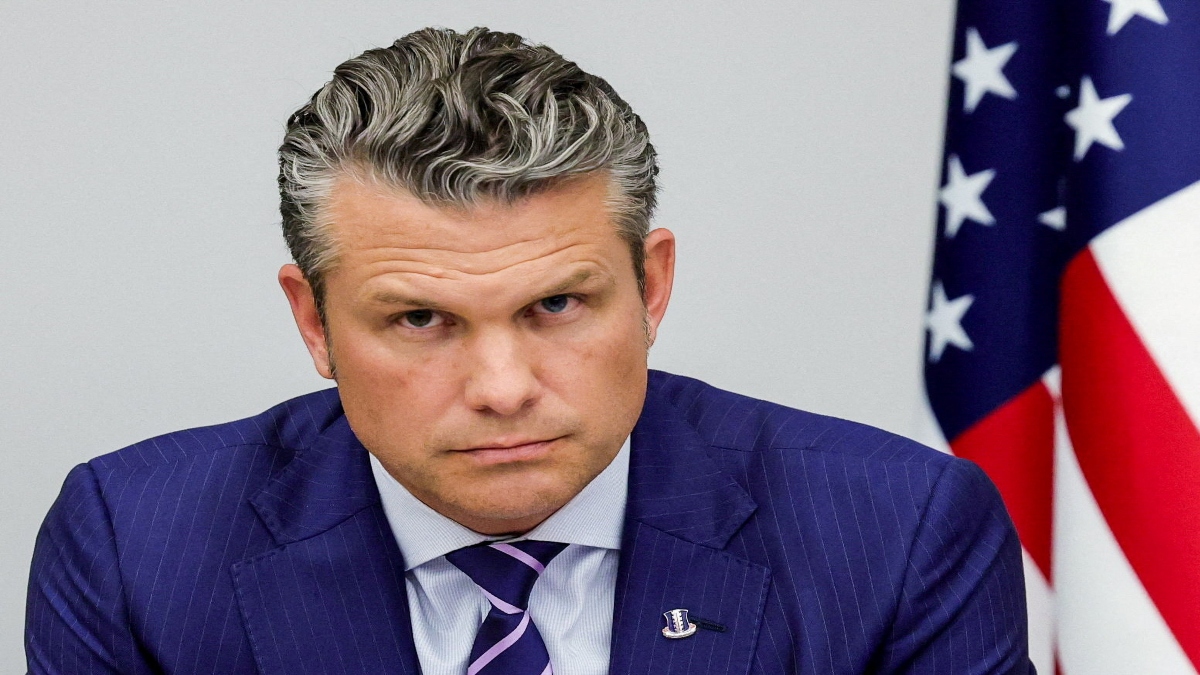The ghats on the banks of River Saryu in Ayodhya, Uttar Pradesh, never looked as beautiful as they did on Tuesday, the eve of Diwali. Besides the festive mood among those gathered, the grandeur of the Yogi Adityanath government’s programme, including performances by national and international artistes, “Lord Ram and Sita” arriving in a helicopter, laser and water shows, and finally the lighting of over three lakh diyas on the river bank made it a truly spectacular event. Adityanath has been a prominent votary for the construction of a Ram temple in Ayodhya. When he became Chief Minister of Uttar Pradesh in March 2017 with a three-fourth majority in the Assembly, there was great deal of expectation among sympathisers that things would finally move forward on the Ayodhya front. He continues to be the mahant of the Gorakhnath Peeth, the first and only in Indian history to be a serving mahant of the religious sect as well as a chief minister of the state. Two of his predecessors, Mahant Avaidyanath and Mahant Digvijaynath, have been actively associated with the Ram Janambhoomi movement, from the installation of the statue of Ram Lalla at the disputed site in Ayodhya in 1949 to other movements that culminated to the demolition of the Babri Masjid in December 1992 and later events. [caption id=“attachment_4347905” align=“alignleft” width=“380”] File image of Uttar Pradesh chief minister Yogi Adityanath. PTI[/caption] As Adityanath knows that he and the BJP cannot deliver on the promise they made to people decades ago — “Ram Lalla hum aayenge, mandir wahin banayenge” — the construction of the Ram temple remains a distant dream. He understood that he can’t maintain a “neutral” position on Ayodhya, a place that he had been frequenting both as a religious leader as well as a political leader in his formative years. As chief minister, he couldn’t say anything that could be termed an irresponsible statement, and he couldn’t move an inch on the construction of the temple because the matter is pending in Supreme Court. Adityanath, therefore, opted for the second-best option that serves him well both as an administrator and as a leader BJP leader in the state — keep organising events in and around Ayodhya to keep the popular sentiment alive and ensure that his sincerity is never questioned. His move to hold grand Diwali celebrations in Ayodhya last year was a step in this direction. He made the move last year, but the
scale at which he decided to celebrate Diwali in Ayodhya this year caught the attention of the nation. The planning made headlines, and the event was telecast live on all mainstream news channels. Thousands of people from across the nation visited Ayodhya to be part of the event. South Korean First Lady Kim Jung-sook was invited to be the chief guest of the event to give an international flavor to the celebrations and give an impression that this was not just a Hindu religious festival. At the Ayodhya event on Tuesday, the First Lady of South Korea laid the foundation stone for a Rs 50-core monument in the name of ancient era South Korean Queen Heo Hwang-ok — known in India as Suriratna — who is said to originally be from Ayodhya. A sense of satisfaction was clearly visible on Adityanath’s face. He had achieved what he had aspired for in the immediate term — bring Ayodhya back in the national discourse, leave a positive impression about developmental and spiritual work and project himself as the one doing his best to fulfil the commitment towards building the temple. If the construction of the Ram temple is dependent on the outcome of the Supreme Court verdict, then Adityanath will build a statue of Ram, and develop and beautify ghats on the banks of River Saryu, and develop the right infrastructure in the town. So far, Ayodhya did not have any decent place to accommodate pilgrims and tourists. But now, Ayodhya has a municipality to take care of its civic needs — roads, water, sewer, street lights and other such basic necessities — and there are a host of other plans for electricity and infrastructure work, as well. Adityanath has an advantage. Unlike most of his predecessors in the chief minister’s office, he is not afraid of talking about Ayodhya. He does not need to be apologetic about anything related to Ayodhya. He knows that some visible work in Ayodhya that has larger public approval could work to his advantage as well as for the BJP in the 2019 elections. The Ayodhya dispute has been a hugely emotive issue for millions of Hindus in Uttar Pradesh and the rest of the country. Adityanath is trying to appear sincere about the Ram temple and Ayodhya, even if he and his party can’t deliver on their promise to construct the temple. By doing what he did in Ayodhya — celebrating Diwali by inviting the South Korean First Lade — he has won half his battle.
When Yogi Adityanath became the chief minister, there was a great deal of expectation that things would finally move forward on the Ayodhya front.
Advertisement
End of Article


)
)
)
)
)
)
)
)
)



